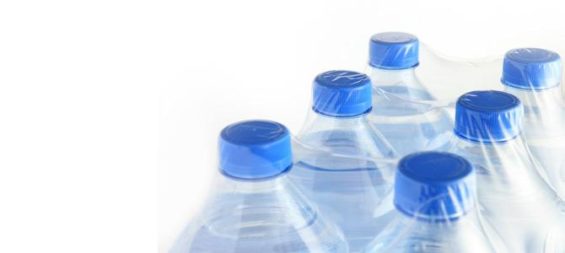The new Barbier’s Company film « high-performance » offers fineness, clarty, conformability, resistance, economy and productivity!

The MonoStretch film is the latest of the range of innovative films of Barbier Group. This new film fills the gap between conventional films range and OPP films, by bringing major improvements in terms of productivity, resistance and eco-design. It also offers an optical quality often sought for use in food applications; a strength and grasp quality also very popular for industry applications.
Previously, a compromise needed always to be found. If you wanted a thinner film, it lacked rigidity. If you wanted conformability, you renounced clarity. With the new MonoStretch film, you don’t have to do that kind of concessions anymore. This film is becoming the new reference for the insulation market and for many other activities.
MonoStretch® Film: its performances!
Using MonoStretch film, Barbier Group allowed packaging films users to reduce costs considerably through the thickness reduction, while gaining strength with a new reinforced raw material with many advantages:
- mechanical properties such as tensile strength, puncture resistance, rigidity, fold resistance, elongation at break (low longitudinal) or even tear resistance (higher in the transverse direction)
- improved optical properties : can be adapted in order to meet specific needs such as high transparency and brilliance
- improved barrier properties.
- low environmental impact film, less resource-consuming, less packaging weight per pallet and optimized transport costs, reducing the carbon footprint, while preserving and enhancing the film properties.
MonoStretch® Film: its application fields
The MonoStretch film can be used in various applications: for barrier films, for breathable films for hygiene, for construction industry (insulation), adhesive tape, labels, stand up pouches and food packaging applications.
MonoStretch® Film: manufacturing process
- heating: the film enters the stretching unit and is uniformly heated to a required temperature.
- positioning: the film is stretched between a series of rollers rotating at different speeds.
- stabilization: the film is stabilized and modified properties are frozen.
- cooling: the film is cooled to a temperature close to ambient temperature.
The technology used is demonstrated in terms of reliability and allows saving resources, improving the film properties and optimizing the specific use films. The process improves the barrier properties and gives to co-extruded films a better tensile strength with a high rigidity and optical qualities coupled with a high brilliance.

